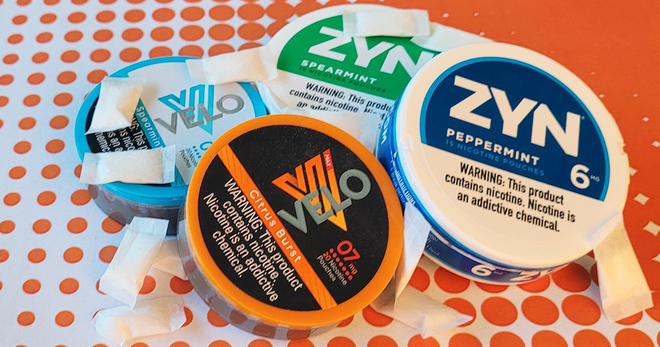Tobacco industry uses flawed study to oppose flavored tobacco restrictions
New research refutes the industry-touted study published in JAMA Pediatrics in May 2021 suggesting San Francisco’s ban on all flavored tobacco products was tied to higher smoking rates in high school students compared to school districts without flavor policies in place. The recent research, published in Tobacco Control, finds that after flavored tobacco sales restrictions went into effect in 2018 in Oakland, California, high school youth vaping and smoking declined by 2019.
The JAMA study has been widely used by the tobacco industry to oppose flavored tobacco restrictions and to inform policy debates. The serious flaws of that study prompted researchers and organizations to call on JAMA to retract the study and flag it with a statement of concern while the journal continues its investigation. The study earned wide media coverage when it was published, with headlines like “Flavored tobacco bans can push more kids to smoke,” and coverage of the study continues today. The author of the JAMA study under investigation continues to promote it even after publication of the study refuting its findings. For example, in March 2022, Dr. Abigail Friedman testified in Colorado about her findings even though she was informed of the error prior to doing so. Friedman was also recently quoted in newspapers suggesting that flavor bans will push teenagers to more dangerous combustible products – a conclusion that is not supported by her research.
Local bans on flavored tobacco products are critical
Flavors play a significant role in drawing youth and young adults to tobacco products. For example, 8 in 10 adolescents who vape use flavored e-cigarettes and among students who use cigars, 44.4% of them reported using flavored ones. A national policy around flavored tobacco products remains incomplete and in flux, and although the Food and Drug Administration is close to taking steps to prohibit the sale of menthol cigarettes and all flavored cigars, the process will likely face opposition from the tobacco industry and take time to enforce. Currently there are no rules in place to fully restrict flavored e-cigarettes. This uncertainty makes local and state policies critical in curbing flavored tobacco sales and use. Comprehensive peer-reviewed research by Truth Initiative published in Nicotine and Tobacco Research in September 2021 found that local flavor restrictions like the one in San Francisco successfully reduce availability, marketing, and sales of flavored tobacco products.
Survey data on effects of flavor ban were collected before enforcement of flavor ban
In June 2018, San Francisco voters approved a ban on all flavored tobacco products, which went into effect in July 2018. Enforcement of the ban began in January 2019. The Friedman study used data from the 2011-2019 Youth Risk Behavior Surveillance System (YRBSS) to determine smoking rates in youth after San Francisco’s flavor ban went into effect. However, the new study, led by Harvard University’s School of Public Health’s Dr. Jessica Liu and published in Tobacco Control, confirmed that 2019 YRBSS data in San Francisco were collected between September – December 2018, before the flavor law was enforced. Given that compliance with flavored tobacco laws was relatively low in fall 2018 (17% in December 2018) and that few retailers were enforcing the restriction, data collected at this time are “an inappropriate data source for evaluating the effects of the city’s flavored tobacco sales restriction,” the authors write. “…the impact on actual access to flavored products did not really start to materialize until well after the YRBSS completed data collection in San Francisco.”
Liu’s research team looked at Oakland, whose survey data on tobacco use in youth were collected after the flavored tobacco ban was enforced in January 2019. Researchers observed that high school youth vaping and cigarette use declined between 2017 and 2019 in Oakland. The new Tobacco Control study reiterates the success of strong local flavored tobacco policies in reducing tobacco use and their importance when considering federal policies on flavors are not comprehensive. And while the tobacco industry relied heavily on the Friedman study to support its agenda in opposing flavored tobacco restrictions, now that its accuracy is under question, researchers and journals must do what they can to prevent the tobacco industry from continuing to leverage inaccurate information to serve its bottom line. State and local policymakers should be wary of faulty research as they make decions on how to best protect their constituents from these products.
More in emerging tobacco products
Want support quitting? Join EX Program
By clicking JOIN, you agree to the Terms, Text Message Terms and Privacy Policy.
Msg&Data rates may apply; msgs are automated.


